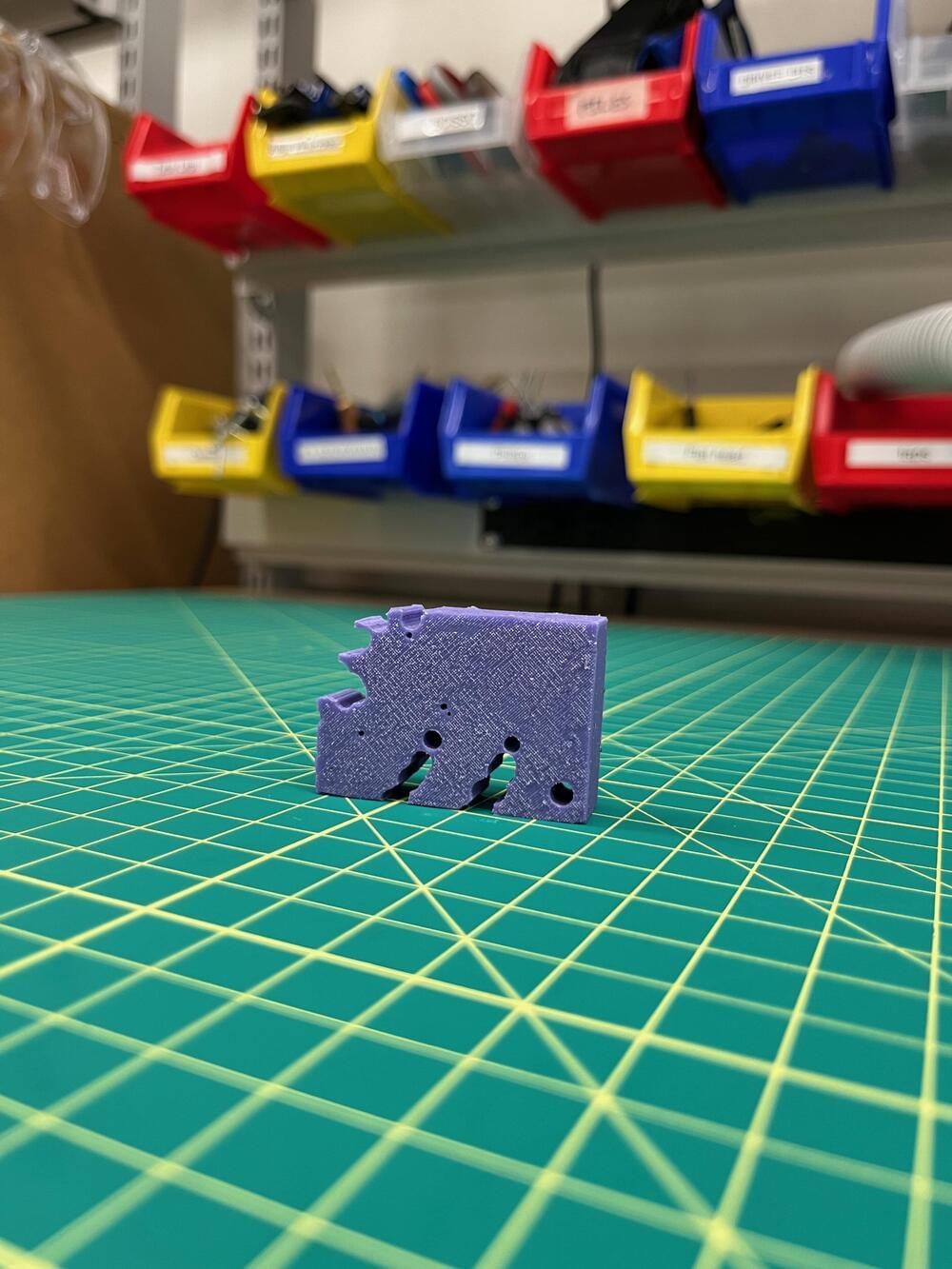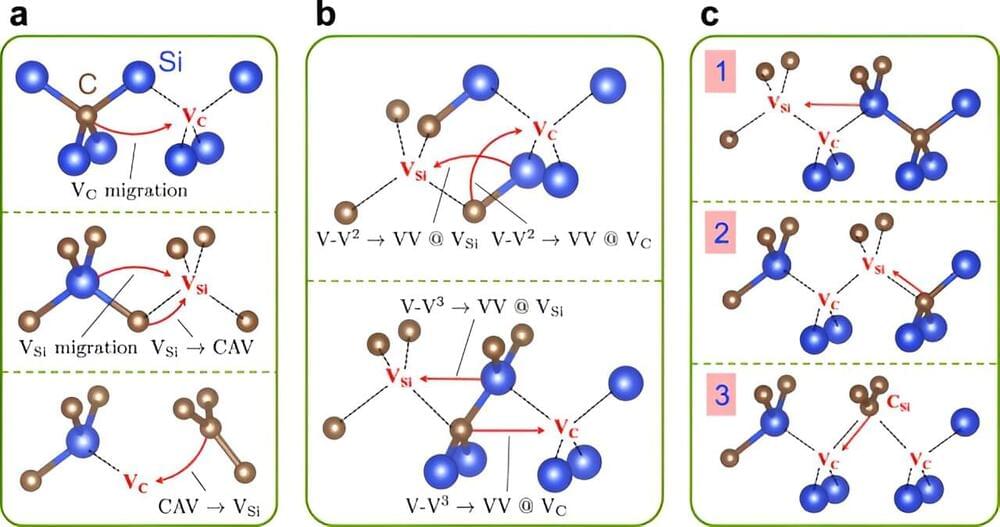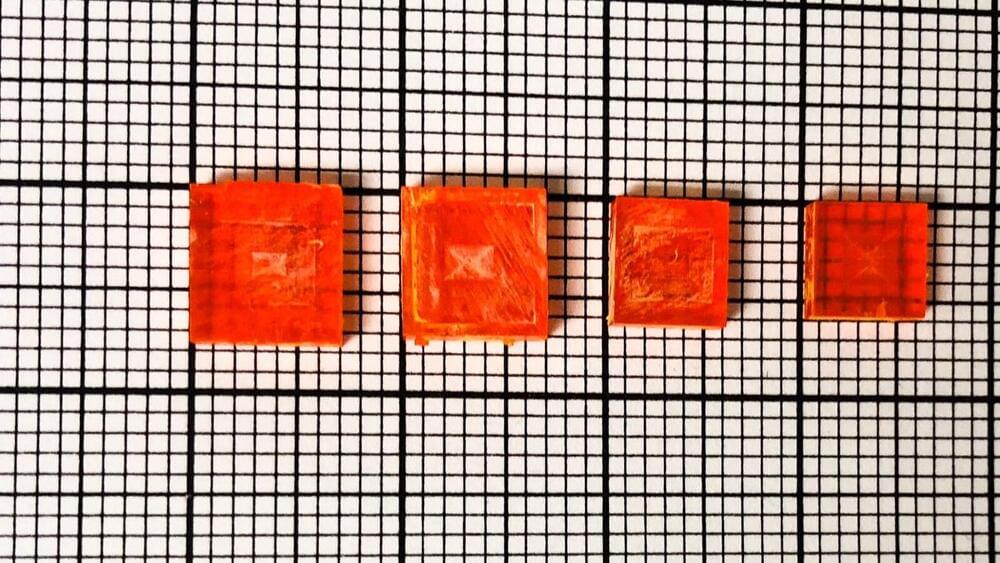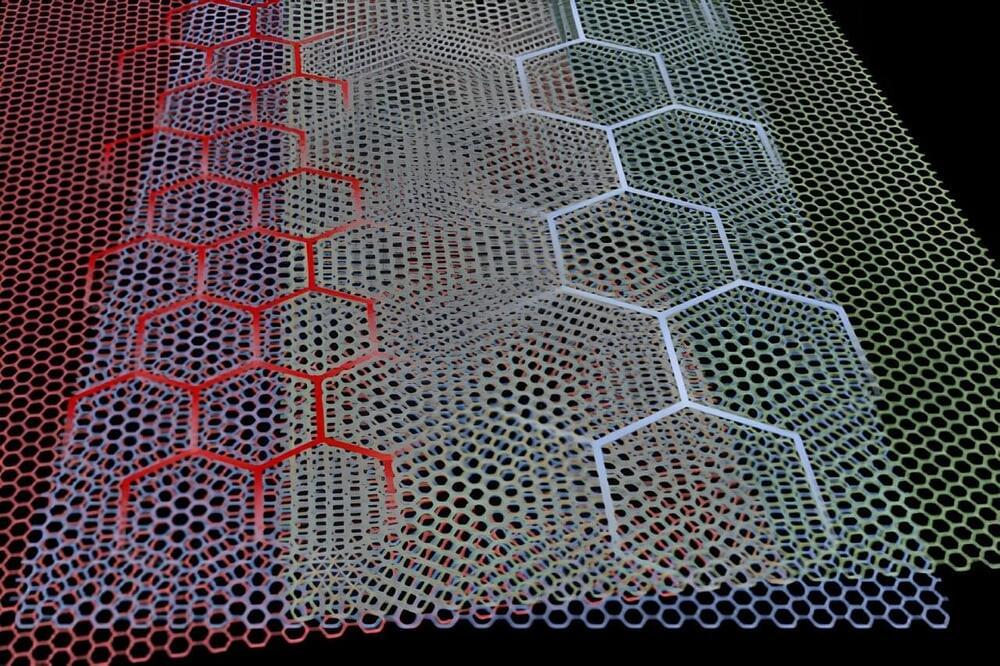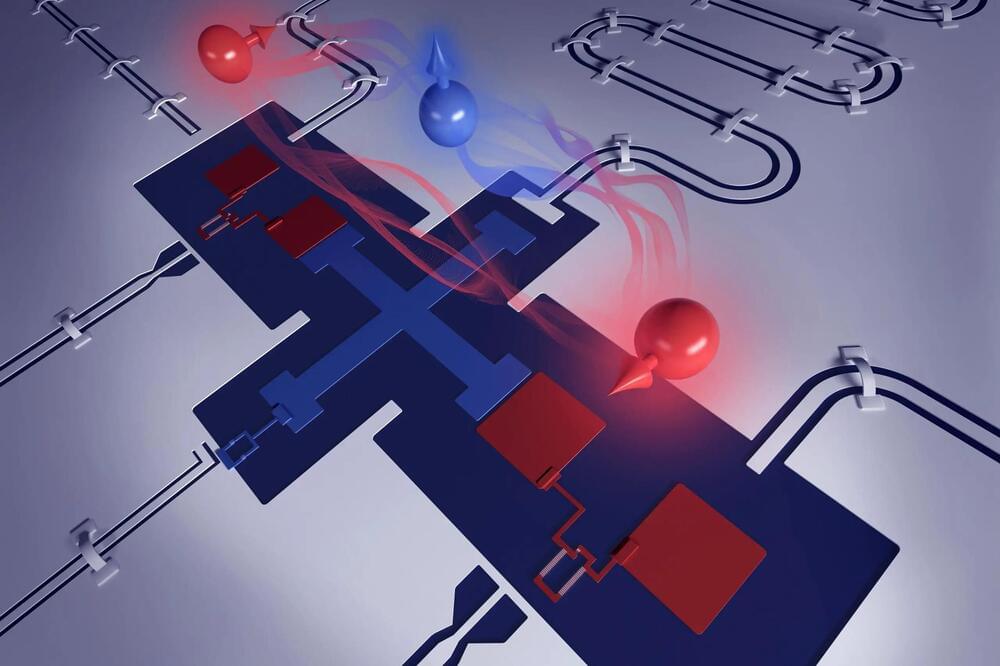If you haven’t had the experience yourself, you’ve likely heard the horror stories: Someone shows up to their Airbnb and finds the pool is overgrown with algae. The heat doesn’t work. Or a booking gets canceled at the last minute leaving travelers without a place to stay. Consistency and reliability have become an enormous Achilles heel for Airbnb, an issue that Chesky has long described as a managerial crisis that requires wrapping his arms around millions of hosts in hundreds of thousands of locations—and not stripping them of their individuality.
“Our system,” says Chesky—referring to the disruptive tech platform where “adventurous travelers” could buy and sell products (in this case, rooms or homes), process secure payments and leave reviews—“was designed for a much smaller company which grew like crazy.”
“To use a precise metaphor, it’s kind of like we never fully built the foundation. Like, we had a house and it had four pillars when we needed to have 10.”


